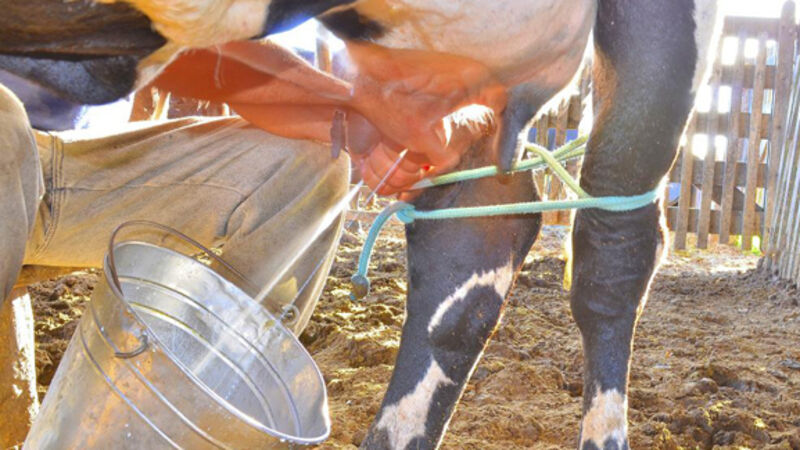Managing production after quotas - Milk glut is at root of 20% fall in prices

Central Statistics Office (CSO) figures show that Irish milk output rose 18.5% to more than 6.5bn litres in the year from April, 2015. Belgium and the Netherlands increased output by 14.2% and 11.9% while Europe’s largest producers, Germany and France, increased production by a pretty conservative 3.7% and 1.3%.
However, the machinations of the market economy and oversupply meant that, according to Teagasc’s latest figures, dairy farm incomes fell by 4% to an average of €63,020 on foot of an almost 20% fall in milk prices. These remain, from very many perspectives, pretty decent incomes. Milk prices have fallen for more than two years and were originally blamed on a fall in demand from China and embargoes that closed the Russian market to EU dairy products. The Chinese market is not expected to rebound any time soon and Putin’s Russia has used the embargoes as a driving force to increase domestic production so that market may have been lost, or at least a proportion of it, for the longer term.














